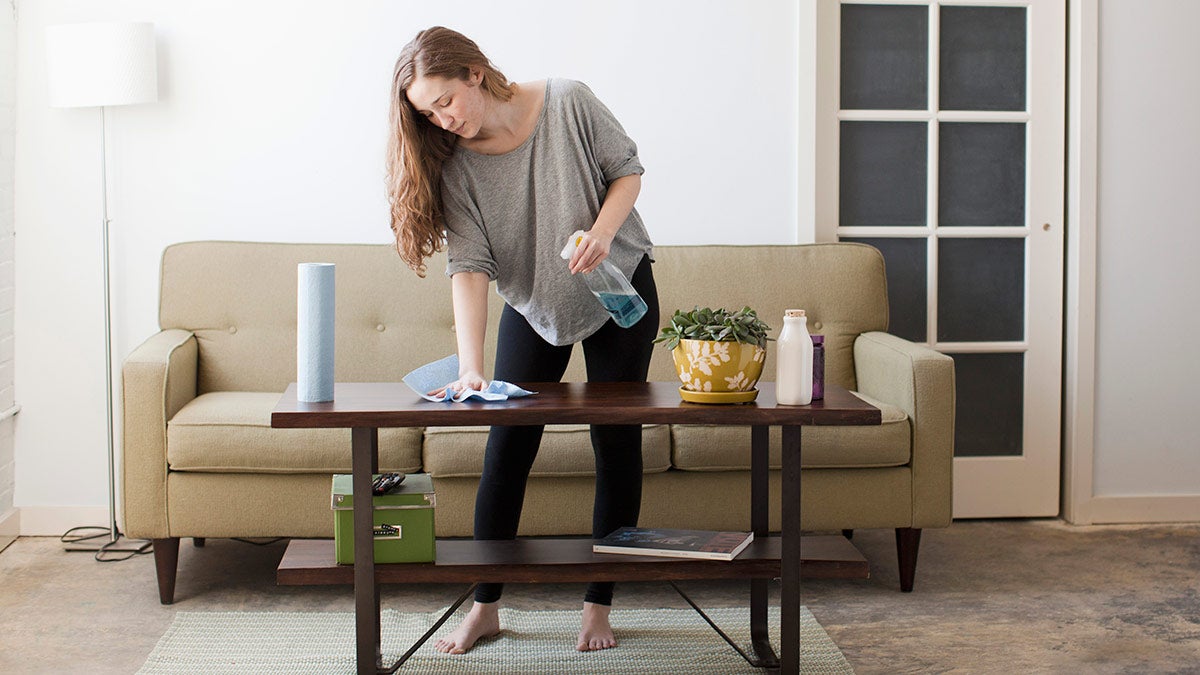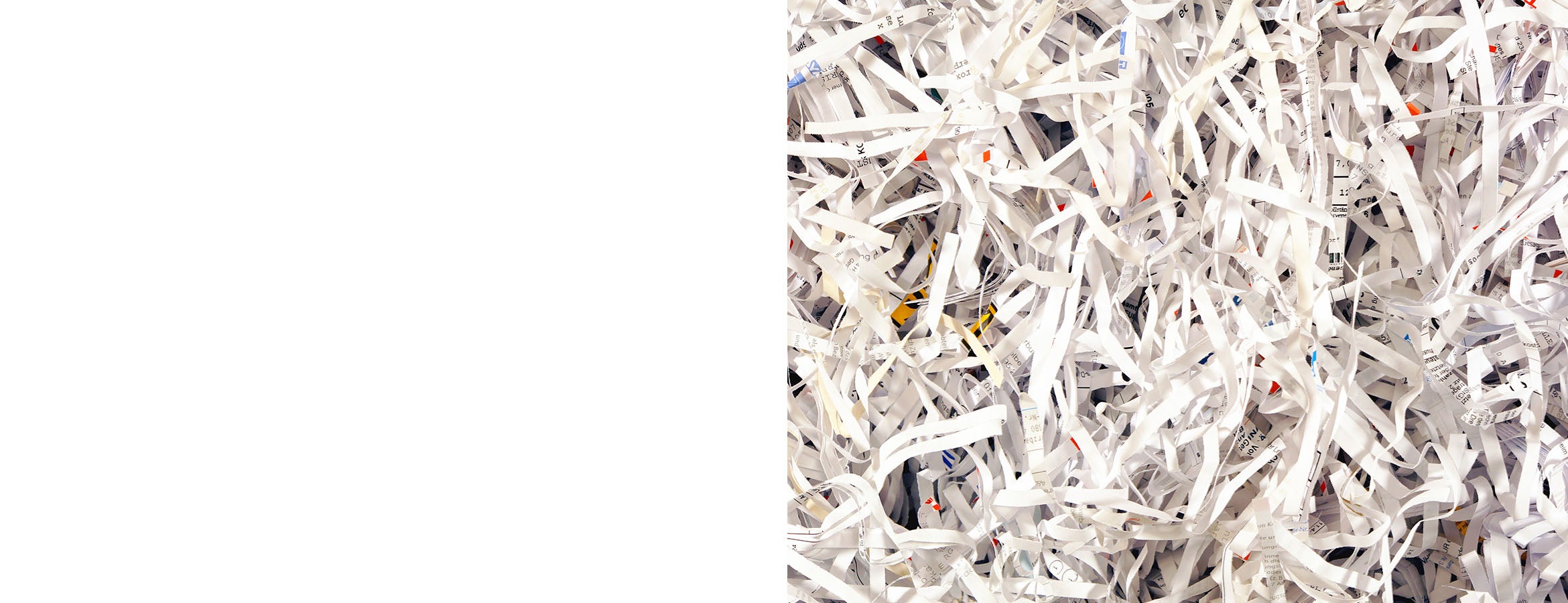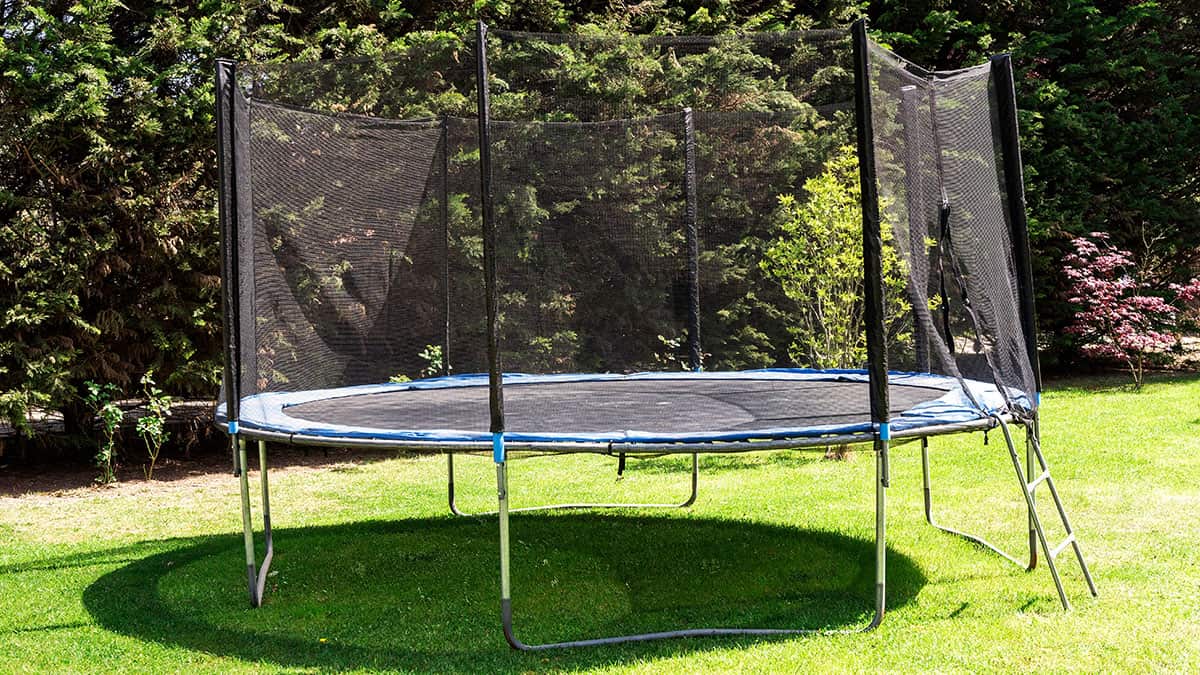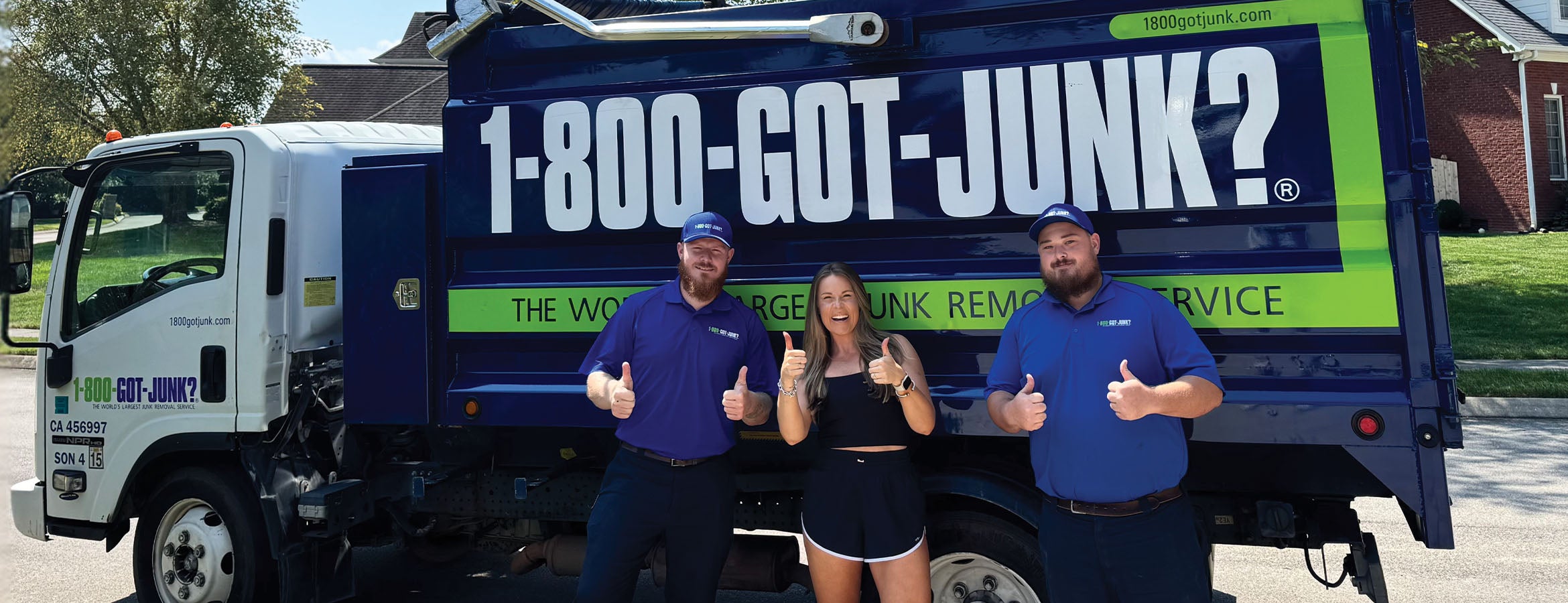Whether you want to take extra precaution during the flu season, have a family member that is sick, or just want to protect yourself from germs in general - disinfecting your home properly is key in reducing the spread of bacteria and viruses. It is important to first distinguish the difference between cleaning, sanitizing, and disinfecting.
-
Cleaning is the act of removing contaminants existing on a surface. This includes the removal of debris and dirt from surfaces but does not kill germs. After cleaning is done you can then move on to sanitizing or disinfecting to lower the risk of spreading germs.
-
Sanitizing is the act of reducing the number of germs, not killing them, which can take only up to a minute.
-
Disinfecting kills the pathogens that exist on surfaces with the use of chemicals. Effective disinfecting can take between five and ten minutes depending on the product you are using. Regular disinfecting, along with cleaning and sanitizing, will ensure your home stays germ free.
Clean before you disinfect!
When you are disinfecting surfaces in your home it is important to first clean off any debris. Ensure proper disinfection by following the steps below.
-
Remove any dust or debris on surfaces by wiping surfaces down with a clean spray or warm water mixed with soap. Any hand towel will do.
-
Apply a disinfectant that is suitable for the surface you are dealing with. Common disinfects are disinfecting wipes or spray.
-
Allow for time to dry before touching the surface.
-
As always, wash your hands after cleaning to practice good hygiene.
High-touch surfaces you should clean and disinfect
If you or someone in your house is sick, the Centers for Disease Control and Prevention recommends that you clean and disinfect high-touch areas within your home at least once a day. There are six key areas you should disinfect.
-
Entry way: Door bell, door knobs, staircase handles.
-
Living room: Coffee table, light switches, TV remote handles, game controllers, consoles.
-
Kitchen: Stove tops, stove handles, microwave, fridge handles, faucet handles, countertops, dining chairs and table.
-
Bathroom: Toilet seat and handle, sink counters, sink knobs.
-
Personal devices: Mobile phones, desktops, keyboard, mouse pad, tablets, laptops.
-
Bedroom: Closet handles, vanity table.
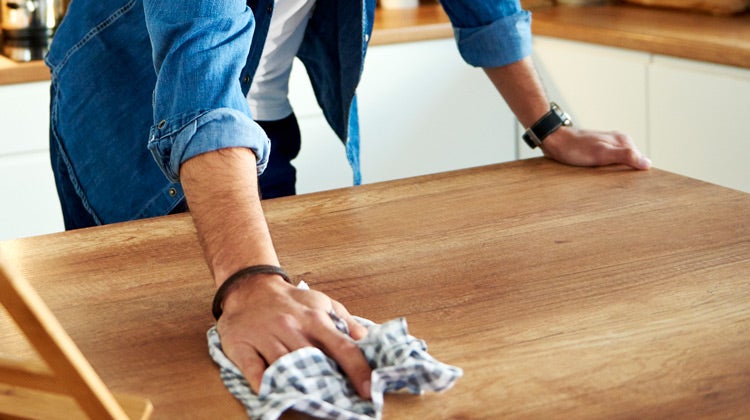
Even when someone in your home is sick, there are three items that do not require additional cleaning.
-
Clothing: You can wash these as usual in your laundry machine.
-
Food: There is no need to clean food packaging or perishables beyond rinsing under water.
-
Mail and parcels: These items are very low-risk for transmitting germs. You can give packages a light wipe with a disinfectant if you are worried.
How to disinfect different surfaces in your home
There are different techniques you should use for disinfecting hard and soft surfaces around your house. Germs can live anywhere between one day to a week on hard, non-porous surfaces such as stainless steel and tabletops. Germs die quicker on porous surfaces such as tissue and clothing. Follow the steps below for tips on cleaning hard and soft surfaces.
Hard, non-porous surfaces
These surfaces include stainless steel, floors, countertops and staircase railings.
-
Follow product instruction by reading the label carefully.
-
Clean surfaces with soapy water.
-
Wipe surface clean with a dry towel.
-
Apply the disinfectant of choice, and make sure the solution is left on for at least 10 minutes before wiping the surface down with a clean towel.
-
Rinse the surface with water again and allow time to air dry.
-
Make sure to wash your hands after removing cleaning gloves.
Soft, porous surfaces
These surfaces range from rugs to clothing.
-
Place all porous materials that can go in the washing machine in a bag.
-
Do your laundry as usual using hot water and detergent.
-
Put everything in the dryer on high heat.
What kills germs?
To kill viruses on surfaces, check out the Environmental Protection Agency’s approved list of disinfects that help kill viruses. Most disinfectant products can be found in your local grocery store or an online retailer. Make sure to read the label carefully to ensure you are purchasing the right product. Some common disinfectants that are widely available at retailers include:
-
Isopropyl rubbing alcohol: Make sure the concentration is 70%. This concentration works best on hard surfaces.
-
Hydrogen peroxide mixes: This solution is typically sold in 3% concentration so it can be used directly from the bottle.
-
Disinfecting sprays
-
Disinfecting wipes
DIY bleach solution to kill viruses
If you are wondering whether you can make a DIY house cleaner, the short answer is yes for disinfecting hard, non-porous surfaces. The Center for Disease Control and Prevention recommends a combination of ⅓ cups of chlorine bleach per gallon of water. Before you use the bleach solution make sure you are wearing gloves, then soak a cloth with the mixture and wipe down the surface. Allow a few minutes for the mixture to air dry. Bleach effectiveness as a disinfectant is great if you clean the surface properly.
Does white vinegar kill bacteria?
White vinegar should not be used to kill bacteria. Vinegar is not registered with the Environmental Protection Agency as an effective disinfectant. While undiluted white vinegar is able to kill some germs, it’s not the best solution for deep cleaning.
How long can germs last on a surface?
The simple act of touching someone sick or an infected surface can spread germs and viruses. Therefore, it is important to practice social distancing if you or your loved ones are ill to prevent the spread of contagious germs. The lifespan of a germ varies depending on its strain and the type of surface it’s on. Here are some common viruses and their lifespans:
-
COVID-19: According to The New England Journal of Medicine, coronavirus germs can remain airborne for up to 3 hours, on copper for around 4 hours, and on cardboard surfaces up to 24 hours. On plastic and stainless steel surfaces, they can last about 72 hours.
-
Methicillin-resistant Staphylococcus aureus (MRSA): This bacteria causes staph infections. The germs can live for days or weeks on hard surfaces if the conditions are right.
-
Norovirus: This virus can cause severe stomach pains and intestinal issues. Norovirus is very contagious and can spread through tiny droplets travelling through the air. These droplets can land on surfaces such as door knobs and clothing. Noroviruses die quickly on porous surfaces such as your sweater, but can survive on hard surfaces for days or weeks.
-
Influenza: Viruses causing influenza are able to survive in the air as droplets for a few hours. They can survive on hard surfaces such as your keyboard for up to a day. Flu viruses on hands are no longer infectious after approximately five minutes. However, if you do encounter these germs in their infectious time window you can get very sick.
-
Common cold: A variety of viruses can trigger a common cold, and they can survive for a relatively long time on non-porous surfaces such as table tops. The germs can stay on surfaces for days, but rarely remain infectious after 24 hours. If cold viruses come in contact with skin, they can last anywhere from a minute to a few hours.
If you need to clear some space in your home before you can start disinfecting, call 1-800-GOT-JUNK?, we’re here to help with our No Contact Junk Removal service.

